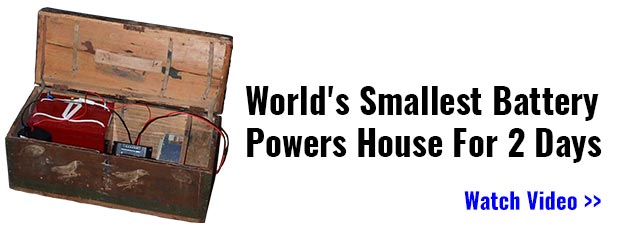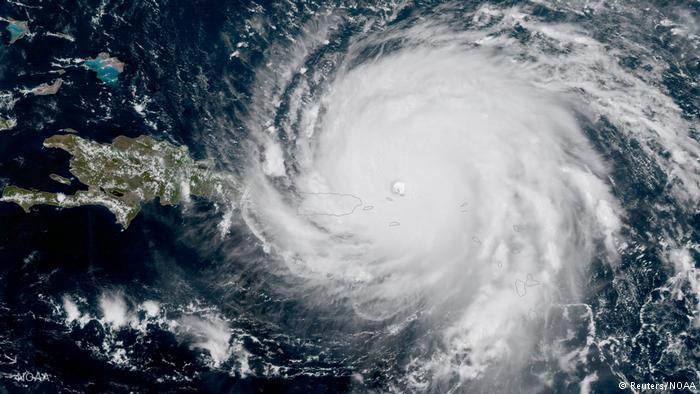The 2018 Hurricane Season has already begun.
In recent years hurricanes have wrought immense devastation to the United States and the Caribbean Islands in human and economic terms. Puerto Rico has yet to recover from last years’ storm. Much of the toll of suffering can be placed on the doorstep of poor preparation and inadequate recovery action.FEMA was overstretched in resources and slow intervention caused severe distress. We are seeing complex extremes in weather and this could be another season of disasters. In recent years there have been several Category 4 and 5 hurricanes with damage in the billions and high loss of life.
Hurricane Maria’s death toll numbers estimated from 146–8,580 (no accurate numbers available), economic damage: $91b (2017) For Hurricane Irma (2017) $64b in economic damage was reported. Hurricane Katrina resulted in a major FEMA fiasco with 1,245 deaths, $125b in economic damage. (2005).
Several of these resulted in deadly flooding and damage to the infrastructure inland. Hurricanes do much damage inland as well as on the coast. Often times the storms will go into a stationary or circular pattern and pick up huge quantities of water. Recovery from these disasters takes manpower and time. Inland hurricanes mean being prepared to be off the grid and be self-sustaining for long periods. Coastal hurricanes will demand evacuations. Here are ideas and suggestions on how to prepare, take action and save lives and property when hurricanes threaten your community.

Coastal hurricanes: be ready to evacuate
Being informed is very important. Phone apps are available for weather reports and alerts. Make sure you have these available. The National Hurricane Center is an excellent source of information. Each State has a website with emergency information, make sure you know how to access this resource.Hurricane Katrina and Maria marked historic turning points in FEMA’s ability to aid recovery.
Immense loss of damage resulted in the time lag and poor flow of resources. The agency, and local first responders and State resources, were all overwhelmed by the ferocity of the storm, high wind damage, power loss, and flooding. Be ready to evacuate and have alternative routes ready in case the storm moves faster than predicted. Use your good judgment, don’t wait for an order.
Having an emergency plan is important. Each family or group member should know what to do, where to meet and what to bring when an emergency arises. Weather-related emergencies often have some warning time (except for tornadoes). Bug-out bags for each member of the group should be ready Pack according to age and personal needs such as medication or diet. Have small toys to keep children occupied, paperback books for adults Pack a change of clothes, spare shoes, three-day personal food supply, and pet food (too many people abandoned pets in past hurricanes).
Current maps are a good idea in case an alternate route has to be found. Remember to leave any gates open if you have livestock, they will find an escape route. Be sure to mark them with your phone number on the body where it can be seen and not wear off.
Inland hurricanes
 If you are remaining in place, have emergency supplies of water, food, medical supplies, blankets and rechargeable batteries (and hand crank charger), pet supplies on hand as well. Be ready to go it alone. Puerto Rico has not fully recovered and Haiti seems to have never recovered. If you do not live in a coastal community, FEMA recommends having 10 days’ worth of supplies to have on hand. Suggested supply list and a rationale for inclusion
If you are remaining in place, have emergency supplies of water, food, medical supplies, blankets and rechargeable batteries (and hand crank charger), pet supplies on hand as well. Be ready to go it alone. Puerto Rico has not fully recovered and Haiti seems to have never recovered. If you do not live in a coastal community, FEMA recommends having 10 days’ worth of supplies to have on hand. Suggested supply list and a rationale for inclusion
- Have on hand a radio and batteries (rechargeable, hand crank recharger). Keep informed, also communication is an emotional and psychological morale booster.
- Flashlights and batteries.
- Store foods that require no cooking; high energy items. You may not be able to build a fire or have electricity, so having ready to eat, high energy foods like quality nutrition bars will maintain health. Have two hand operated, dependable can openers as well, not all cans have pull tabs.
- Collect water in jugs, fill sinks and bathtub. Water supplies become polluted in flooding and pumping stations will malfunction.· Before the storm hits, tape windows and have available plastic sheeting and duct tape, heavy duty stapler, hammer and nails, and an assortment of basic non-power tools.Wind and flying debris are dangerous. Cover windows and stay well inside the home during high winds.
- Have a clothesline and rope available for securing outside items that could become airborne; be ready to dry clothing that could get soaked. After the storm passes wet clothes can be dried out the “old fashioned way” on a clothesline.
- Basic medical supplies, prescription medicines (backup supply). Aspirin, bandage materials, antiseptic, mosquito spray (there will be standing water and insects will also be plentiful). A basic First Aid manual is also a good idea.
- Pet food: Don’t abandon your pet if you are told to evacuate. Have dry pet food available, it’s easier to store and lighter than canned foods.Hurricanes are a fact of life as we see weather extremes all over the country. Remnants of coastal storms move inland and cause severe rains and floods. Being informed, prepared and proactive in hurricane season will give you an edge in survival in these weather emergencies.

by Tom Brennan



